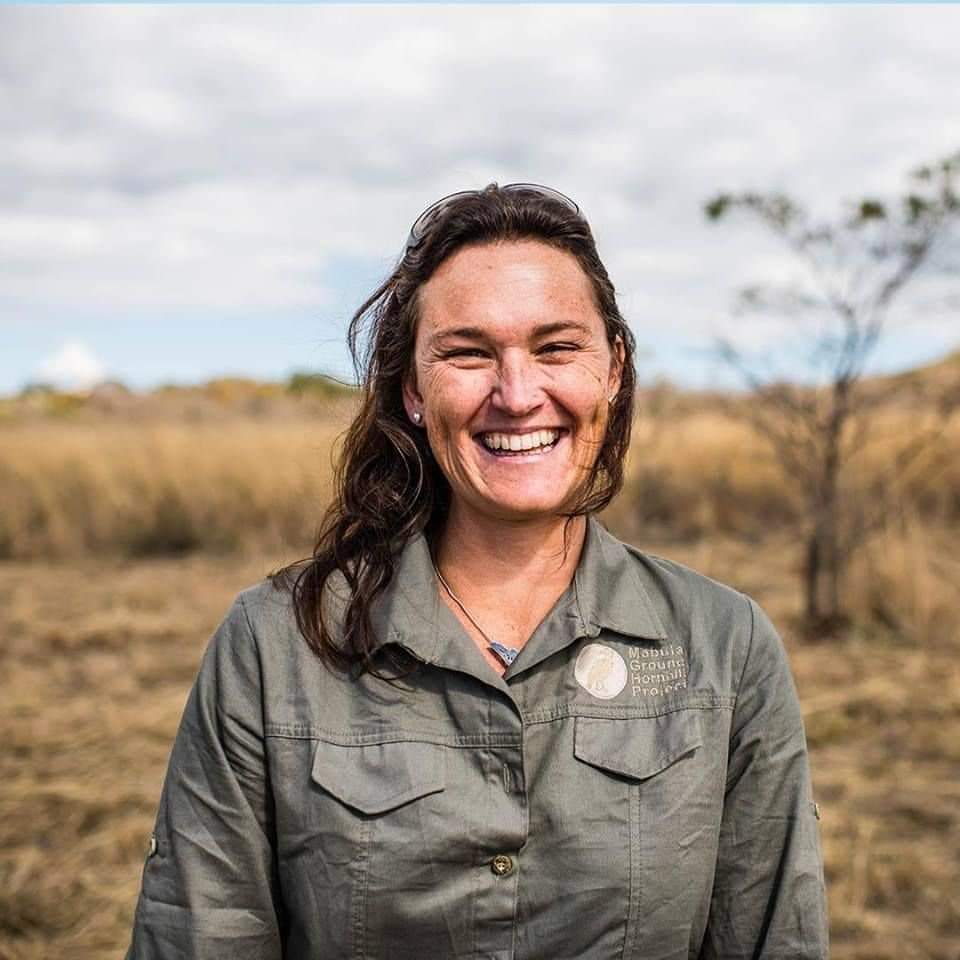
Citizen-science based monitoring for a low-density species to improve national-wide monitoring and greater inclusivity

Census of naturally low-density, widespread occurring and territorial species, in our case the Endangered Southern Ground-hornbill (SGH: Bucorvus leadbeateri), is difficult. In South Africa, we found that traditional atlas data severely under-reported areas where birders prefer not to go birding/ atlassing (remote rural areas/in perceived dangerous areas). However, knowing where SGH exists, and its population status, is a fundamental first step to sound conservation. We successfully conducted a four-year monitoring programme using citizen-science. By engaging local Champions to start a WhatsApp group for reporting SGH in their area using their own networks, we were able to reach a greater sector of society, people with a cultural association with SGH, but may never have considered being citizen scientists e.g. taxi drivers. Using a simple platform like WhatsApp, rather than a birding app, supported this. We found almost double the previous estimated population (from 567 to 920 groups) and can now target conservation action.
Impacts
By inspiring a wider sector of society than those who usually contribute to bird distribution maps in South Africa we found double the number of ground-hornbill territories/ pentad grid squares. These data can now be included in national Environmental Impact Assessments, and these new areas may now be included in our Community Custodianship Programme. More people can be included in citizen-science, and anyone with Whatsapp can contribute data (number of birds, location pin, photo). In return, we send out regular posts with ground-hornbill facts, threats and mitigations. This in turn has led to enhanced reporting of sick or injured birds, mortalities, and novel and emerging threats. We collated all the data (20 565 records for South Africa) and now have a national database of the species distribution and population status and can now be able to track population trends over time, find areas that need urgent conservation intervention and where conservation action is supporting population expansion. We chose four years as we can age a sub-adult within this period, and so from photographs can glean additional data about current and past group productivity. This method is effective for non-migratory species where the average territory/ home-range area is known. This project is part of the IUCN Save Our Species African Wildlife initiative, which is co-funded by the European Union.








